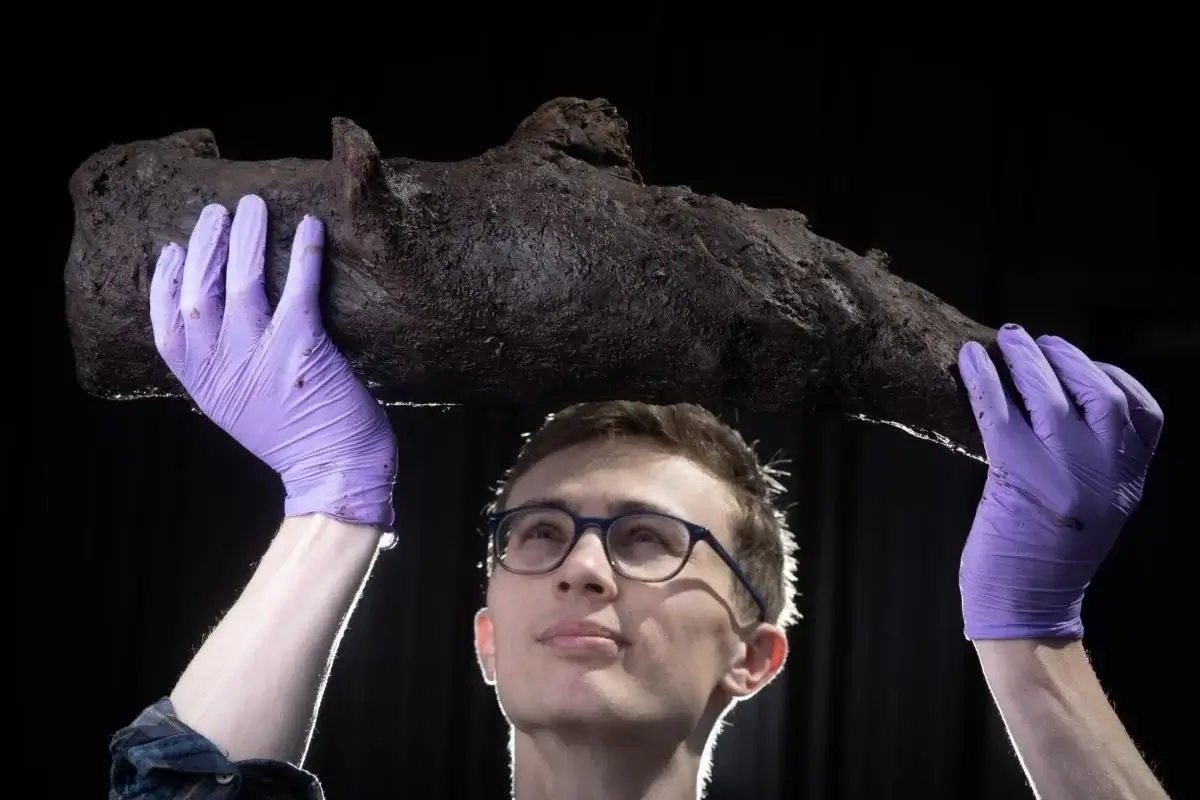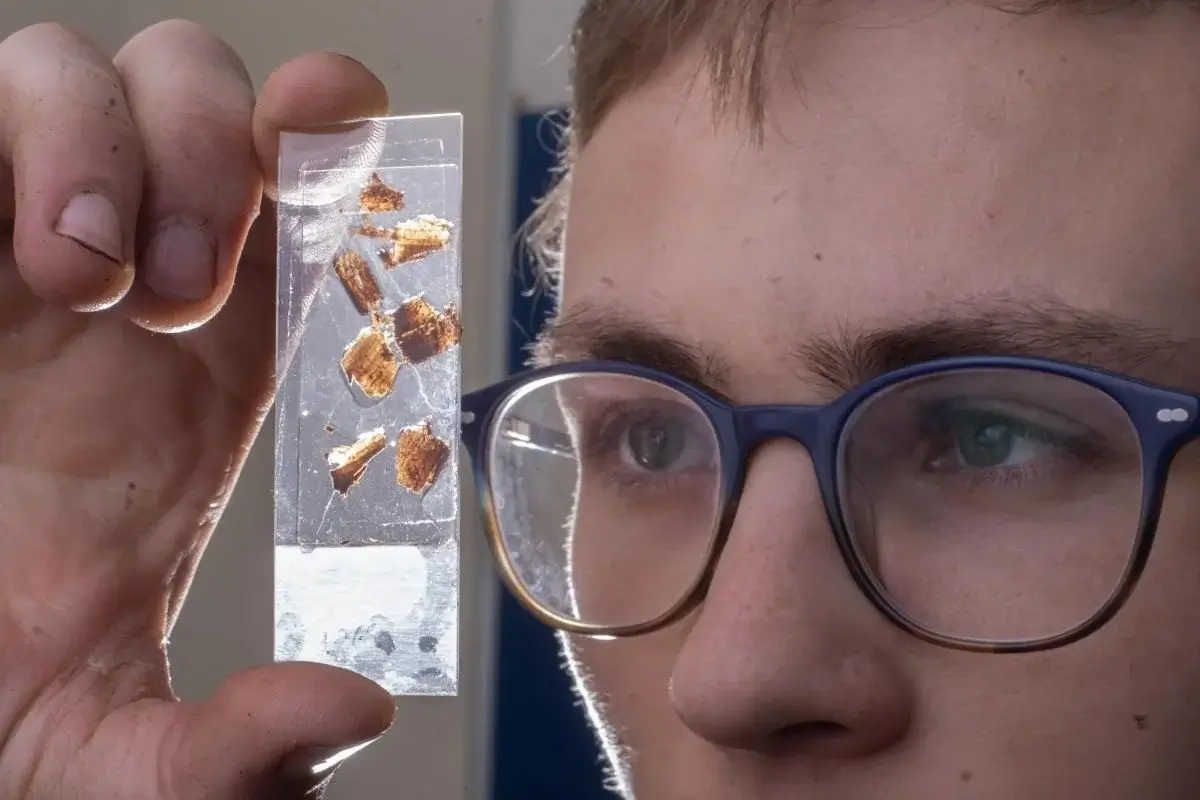
Prehistoric “Time Capsule” Found On Exmoor
A prehistoric “time capsule” containing preserved woodland and insect remains has been found in peatland on the Holnicote estate in Exmoor, England.
The discovery was made in an area known as Alderman’s Barrow Allotment, which was undergoing restoration as part of a project to improve the health of degrading peatlands across Exmoor and the South West.
The project found a “time capsule” of woodland and insect remains from the Neolithic and Bronze Age, providing a unique insight into how the peat formed and what kinds of species of plants and insects lived in the environment during ancient times.
An examination of samples taken from the peat has revealed over 100 fragments of Hydraena Riparia Beetles, in addition to specimens of dung beetles, rove beetles, moss mites, and water scavenger beetles.

Remains from a prehistoric woodland floor were also recovered, consisting of fragments of trunks, branches, and twigs dated to around 4,500 to 3,500 years ago.
These fragments revealed the presence of multiple tree species, including: alder and willow, with evidence of birch growing nearby (indicated by seeds).
Ancient Megalithic Plaza Found In The Andes
A broader investigation of the peatland location has unveiled a portion of a Neolithic willow tree, along with instances of birch and oak. Traces of various plant species in the surrounding vicinity, such as sedges and rushes, have also been identified.
Dr. Ed Treasure, Senior Environmental Archaeologist at Wessex Archaeology, specialising in plant remains and wood explained; “These discoveries provide a unique and tangible way of connecting with Exmoor’s past, and they illustrate the changing nature of landscapes and reveal how this impressive landscape came to be.
“We can use this information to develop a ‘baseline’ for peatland restoration studies which can extend back centuries, if not millennia. This long-term view enables us to look beyond many of the significant changes in land-use practices in peatlands which occurred during the last few centuries,” added Dr. Treasure.
* * *
NEXT UP!
Zombie Deer Disease Is At Risk of Spreading To Humans!
Scientists have warned “zombie deer disease” could spread to humans and that it is important for “people to be prepared”.
Scientifically known as Chronic Waste Disease (CWD), it has been known to affect various species of hoofed animals including moose, reindeer and mule deer which leads them to develop dementia-like symptoms ranging from drooling and stumbling to a lack of fear of people.
Scientists believe CWD can be contracted from the bodily fluids of other animals and may occur even once that other animal has passed. Its impact has been described as “always fatal”.
Since 1997, the World Health Organisation recommended keeping the agents of all known prion diseases, which are those related to a clump in the brain causing brain damage, from entering the human food chain. However, CWD can be especially difficult to diagnose according to the Centres for Control Disease and Prevention (CDC), because these symptoms can occur with other diseases.
* * *
READ MORE: “Zombie Virus” Revived After 48,500 Years In Permafrost
Interesting! Where Did Dragons Come From?
Telegram: Stay connected and get the latest updates by following us on Telegram!
We’d love to hear from you! If you have a comment about this article or if you have a tip for a future Collective Spark Story please let us know below in the comment section.
